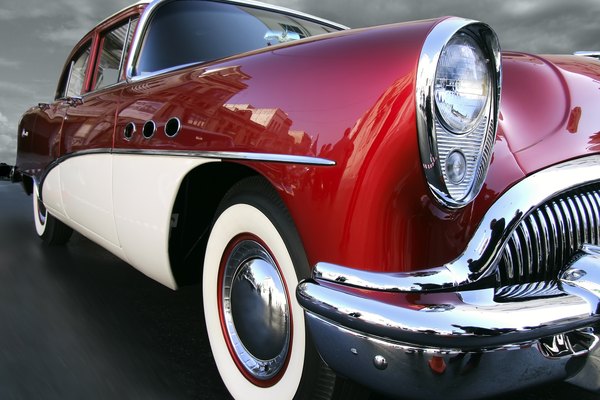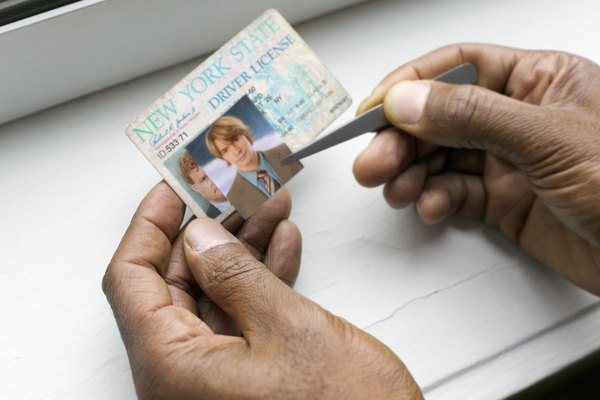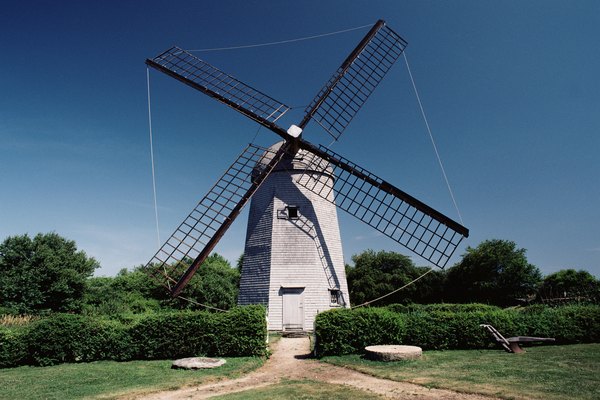What is the History of the Driver's License?
by Ashley MackenzieUpdated June 22, 2023
At the turn of the 20th century, driver's licenses were not required, and any family could strap a self-made engine to their wagon. However, as cars became more common in the 1920s, the number of drivers increased, which led to an increase in the number of accidents. Driving skills thus became a necessary prerequisite to freely driving automobiles, and a system of driver's licensing and examinations was born.
Before Licenses

When the first automobiles were introduced at the start of the 20th century, anyone could drive them without restriction. Just as the earlier carriage or wagon driver needed no license, the first automobile drivers were free to take to the road without the government's permission. Part of this freedom was due to the privacy of early automobile construction--many men and women simply built and attached their own engines to their wagons.
Precursors to the License

Precursors to the driver's license are found in Chicago and New York City in 1899. Chicago required all automobile drivers to pass an exam in order to operate their vehicles, and a New York City ordinance stated that in order to drive a steam-powered car, the operator must be a licensed engineer.
First Driver's Licenses

The first driver's licenses were issued in 1903 by Massachusetts and Missouri. These required no examinations of driving skills and were little more than identification cards. As late as the 1930s and 1940s, many states simply instructed the potential driver to pay a small fee of 25 or 50 cents in exchange for a driver's license, which were often sent by mail.
Early Safety Concerns

Safety concerns began prompting states to issue driving examinations before licensing drivers. Part of this was due to the increase in the number of cars and drivers. By the end of the 1920s, 75 percent of households owned a car. In 1907, the New York Times published an article entitled "Better Auto Laws Are Now Needed," which reported the concerns of leading automobile experts about accidents caused by drivers' inexperience and carelessness. Because automobiles were new, people were not accustomed to cars' power and often drove too fast or too recklessly.
Driving Examinations

In 1908, Rhode Island became the first state to test individuals on their driving skills before issuing licenses. In 1913, the New York Times issued a report that New Jersey was requiring all drivers to pass an examination of their driving abilities and a written test, with the hope that other states would follow New Jersey's lead to reduce the number of accidents. Although exams were not required in Washington state until 1937, when the state began issuing driver's licenses in 1921, it required two signatures to certify that the candidate was able to drive safely. The last state to require drivers to pass a driving exam was South Dakota in 1959.






